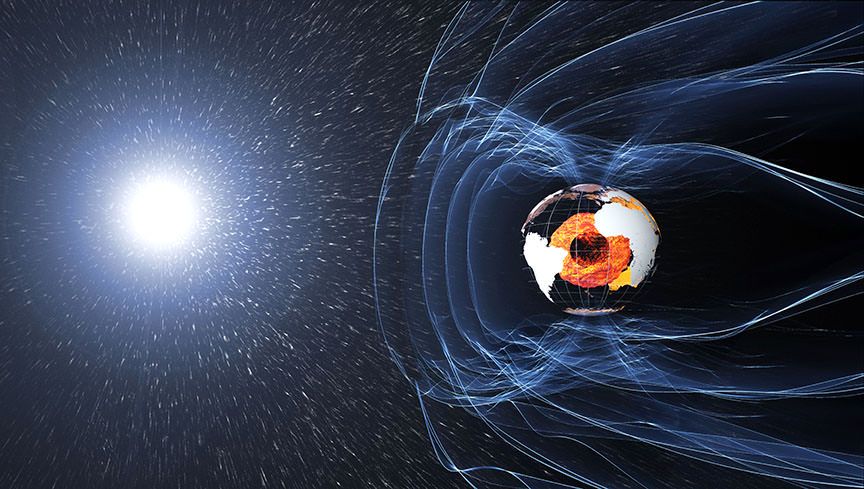
Beyond this, another aim of the mission is to increase our knowledge of atmospheric processes and ocean circulation patterns that affect climate and weather. The ocean is also an important subject of study to the Swarm mission because of the small ways in which it contributes to Earth’s magnetic field. Basically, as the ocean’s salty water flows through Earth’s magnetic field, it generates an electric current that induces a magnetic signal.
Because this field is so small, it is extremely difficult to measure. However, the Swarm mission has managed to do just that in remarkable detail. These results, which were presented at the EGU 2018 meeting, were turned into an animation (shown below), which shows how the tidal magnetic signal changes over a 24 hour period.
As you can see, the animation shows temperature changes in the Earth’s oceans over the course of the day, shifting from north to south and ranging from deeper depths to shallower, coastal regions. These changes have a minute effect on Earth’s magnetic field, ranging from 2.5 to −2.5 microtesla. As Nils Olsen, from the Technical University of Denmark, explained in a ESA press release:
Continue reading “Did You Know the Earth Has a Second Magnetic Field? Its Oceans” »


















